
Implementation Science Project
This project considers how Anthropology should be reconfigured in order to implement research into practice as well as explaining what influences implementation outcomes, and how to evaluate implementation strategies. It describes implementation science that was developed with the explicit aim to improve the transfer of knowledge and to increase compliance by individuals, communities, and nations. It recommends particular strategies for Anthropology.
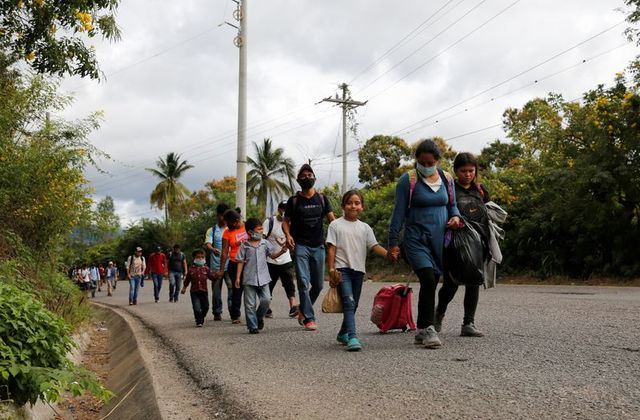
General Migration Theory Project
The problem of migration is one of the most important demographic issues always having been a significant part of the human condition. As one of the most successful adaptive radiations of all time, our hominid ancestors, natural migrators and adaptors, moved out of Africa and around the entire globe. Every human individual is either a migrant or a descendant of one.
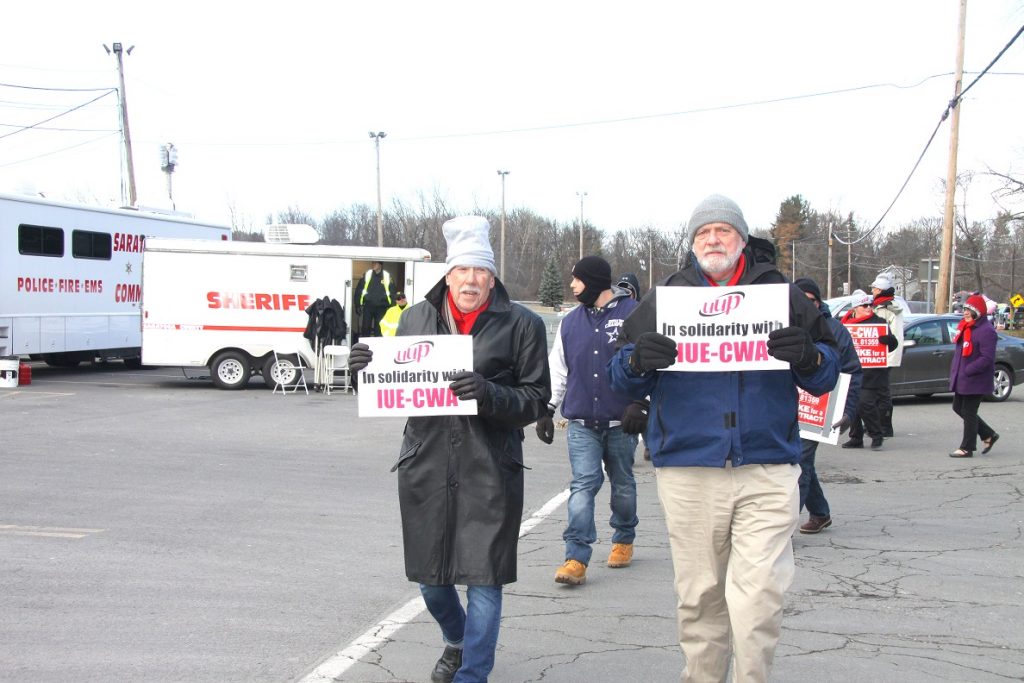
UUP History Project
The Taylor Law, passed in 1967, gave public employees in New York State the right to bargain collectively to establish their terms and conditions of employment. In 1968, the State University Federation of Teachers (SUFT) filed a petition with PERB, seeking collective bargaining rights at five SUNY campuses. PERB ordered hearings to determine the composition of the unit; after more than a year of hearings and court appeals, a SUNY-wide, single-unit election was ordered in the fall of 1970.
On the ballot were SUFT, AAUP, CSEA, “no agent,” and a new organization, the Senate Professional Association (SPA), formed during the spring of 1970. After an intensive campaign, including a run-off election between SPA and SUFT, SPA was certified by PERB in early 1971 as the exclusive representative of the State University professional staff

The Rat Islands Earth Mounds Project
Investigates the conspicuous earth mounds of the western Aleutian Islands, Alaska. The project aims to explore the complexities of this cultural landscape, to contribute to the limited understanding of Rat Islands culture-history, and to contribute to the discussion of hunter-fisher-gatherer expressions of group-identity.

Post-medieval Finnish Textiles
Post-medieval Finnish Textiles: A Trans-Atlantic Collaboration is the direct result of three years of trans-Atlantic collaboration, between Dr. Sanna Lipkin, a researcher at the University of Oulu, Finland, and Erika Ruhl, a PhD Candidate at the Stat…

B. E. A. F. R.
The goal of the Baltic Basin Early Agricultural Frontiers Research Project(B.E.A.F.R.) is to examine the Affect of landscape scale forcing factors on interactions between contemporary Mesolithic (or Forest Neolithic) Cultures and agricultural Neolithic Cultures…

Haffjarðarey
The dissertation project, “Place, Practice, and Pathology in Medieval Iceland, A Bioarchaeological Analysis of the Human Skeletal Remains from the Church Cemetery at Haffjarðarey (ca. 1200-1556)” explores the complex relationship between human health…

The Osteroy Project (TOP)
TOP is an archaeological project designed to answer questions about the abandonment and repopulation of the Island of Osteroy during the period between 750 and 500 years before present (BP).
It is directed by Ezra B.W Zubrow, and Torill Christine Lindstrøm.

ICAP Kamchatka
A team of archaeologists from the University at Buffalo – SUNY and Northeastern State University at Magadan conducted a three-year archaeological and geological project near Nerpich’ye Lake on Russia’s Kamchatka Peninsula. Some publications include:
2017 Late Glacial to Holocene paleoenvironmental change on the northwestern Pacific seaboard, Kamchatka Peninsula (Russia) publication
2016 Prehistoric human responses to volcanic tephra fall events in the Ust-
Kamchatsk region publication
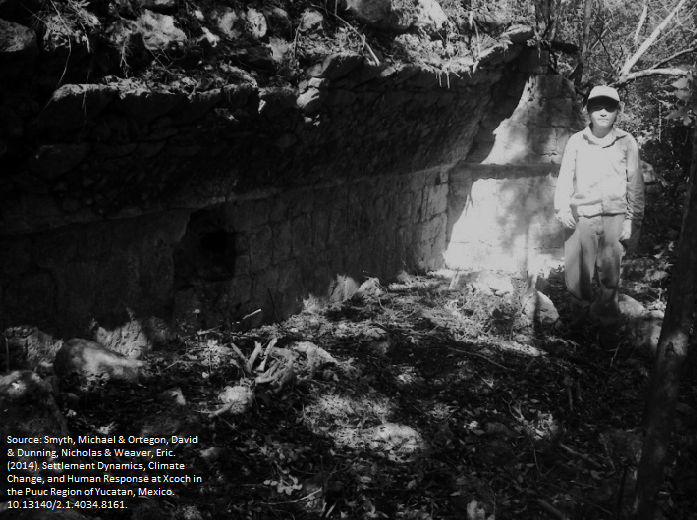
Xcoch and Puuc Archaeology Project
The Xcoch and Puuc Archaeology Project, directed by Dr. Ezra Zubrow, is an investigation dealing with climate change, and how civilizations in the Yucatan have adapted to it. The Classic Maya collapse, which occurred between 800 and 900 AD, is of particular interest to researchers delving into this time period. The current change in global temperature if also of great importance to researchers today, as current weather patterns suggest that it is remarkably substantial to the Medieval Warm Period, which occurred around the same time as the Classic Maya collapse.
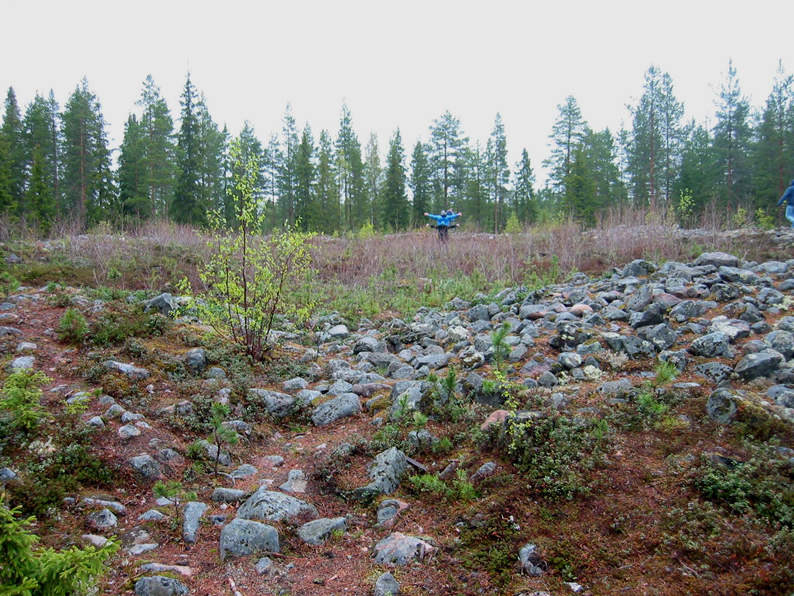
SCENOP
SCENOP is an ESF Histories from the North BOREAS project that will seek to identify regularities and differences in human responses to rapid environmental change in prehistory in two widely separated but environmentally comparable circumpolar paleo-estuaries, the Yli-Ii area of Northern Finland and the Wemindji area…
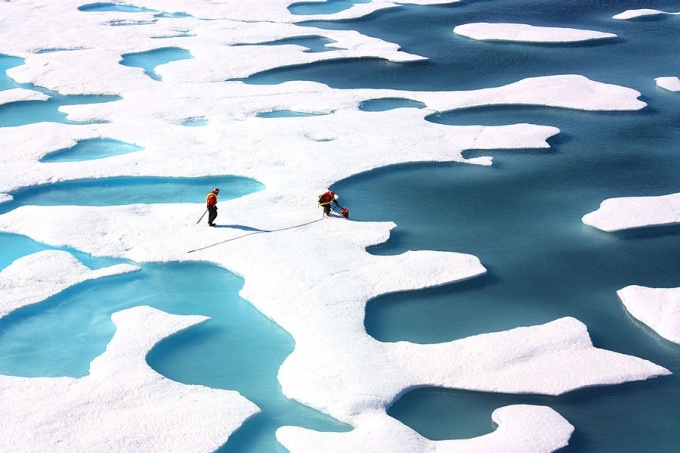
Big Thaw: Climate Issues in Arctic
Conference and Book
The Arctic environment now faces unprecedented and rapid change from many stressors that often interact in unpredictable ways. Experts in science, law, sociology, anthropology and other fields address the pressing issue of how climate change in the Arctic is effecting and will continue to effect environments, cultures, societies and economies throughout the world. This requires coordinated circumpolar scientific information.
Organized by Ezra B. W Zubrow, Errol Meidinger, and Kim Diana Connolly
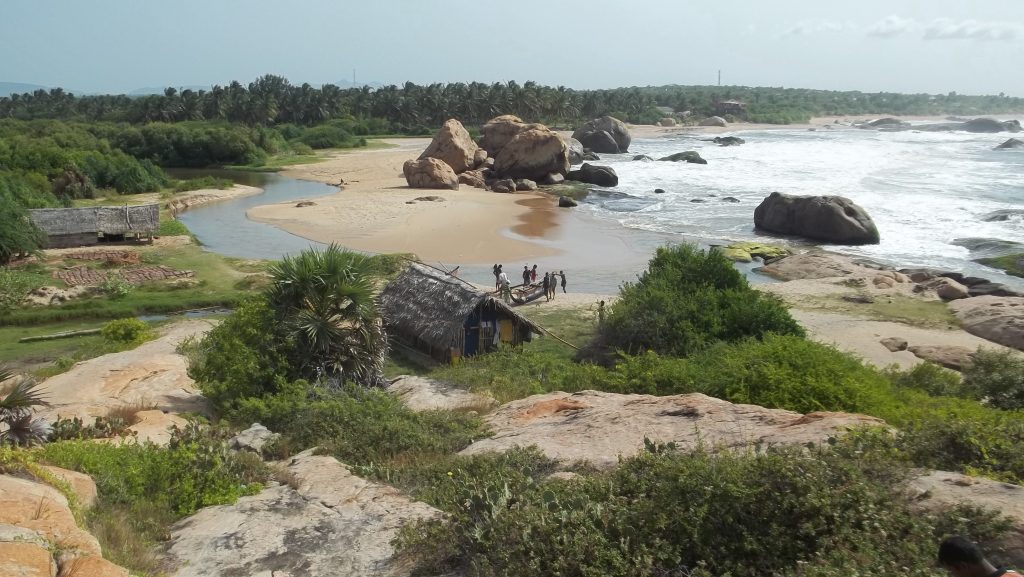
2013 Bundala Archaeological Survey, Hambantota District, Sri Lanka
The southeast coast of Sri Lanka possesses one of the greatest potentials for prehistoric research with evidence of a microlithic tool industry that spans over 30,000 years. At the same time, this area also represents one of the most archaeologically understudied areas on the island—particularly in regard to the degree in which early peoples interacted and negotiated a dynamic coastal landscape. Between 2013-2015 the Bundala Archaeological Survey helped to fill some important knowledge gaps of prehistoric activity in this region during the Holocene.

Paleoclimatic Reconstruction And Archaeological Investigation At Xcoch, Puuc Region Of Yucatan, Mexico: Exploratory Research Into Arctic Climate Change And Maya Culture Process
This project investigates how ancient Mayan social and political structures responded to the climate change that occurred during the Medieval Climatic Optimum (AD 800-900). It focuses on how Arctic climate processes affected weather in tropical Yucatan, Mexico which experienced severe droughts. The adaptation was the construction and maintenance of large scale irrigation systems, aguadas (engineered cave systems for storing water) and huge catchment systems funneling water.

Yli-ii Archaeological Survey and Excavation Boreas Project Yli-ii Finland
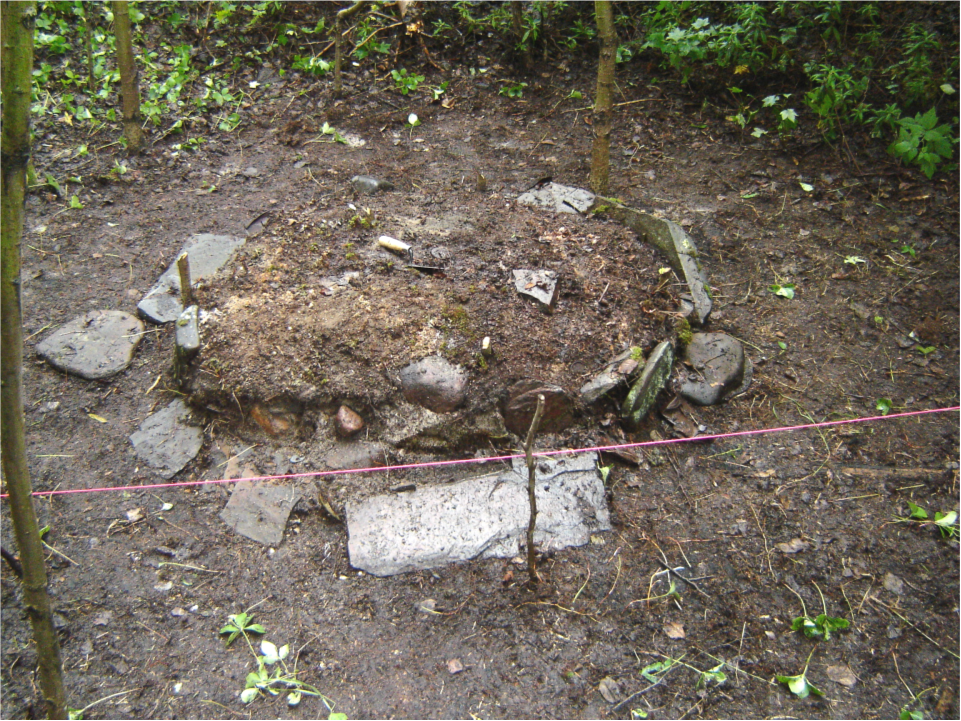
Wemindji Old Factory Lake Excavation Boreas Project Wemindji Quebec
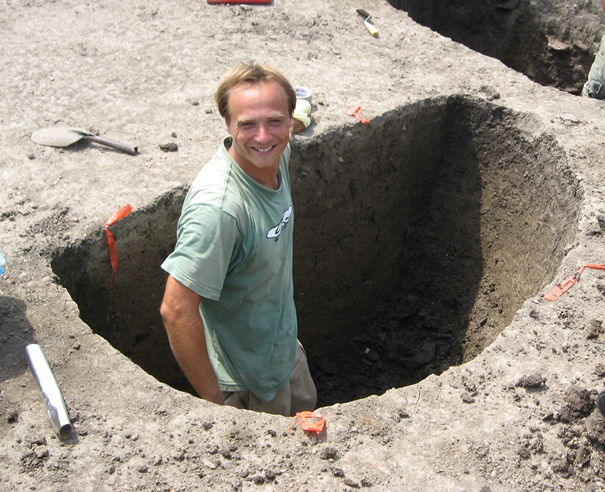
NASBeK
The initial phases of NASBek form the basis for Roderick Salisbury’s dissertation project. The goal is to clarify the differences and similarities in site structure among small settlements during the Late Neolithic and Early Copper Age in eastern Hungary.

Fieldwork and Social Systems GIS Laboratory Project at Verberie, France
2002 saw the beginning of a long-term collaborative project with French archaeologist Francoise Audouze using data from the site of Verberie, France. Verberie is a late Upper Paleolithic Magdalenian site within the Paris Basin. It is one of many seas…

Geography of Canadian Literacy and Disability
Geography of Canadian Literacy and Disability: In the autumn of 2001 the University at Buffalo Social Systems GIS lab was granted funding from the Canadian Literacy Secretariat to work in conjunction with colleagues at York University and at the Cana…

